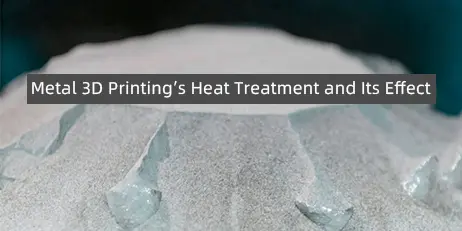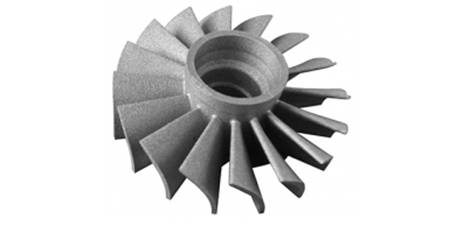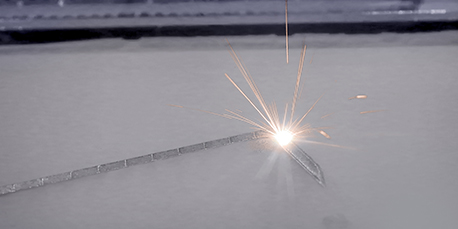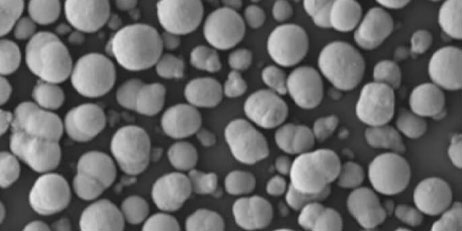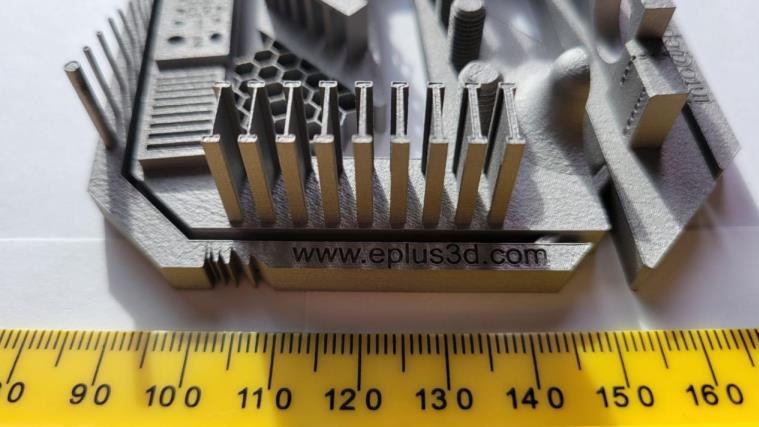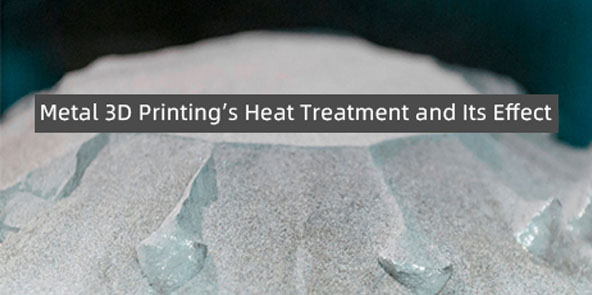
You may have known very well about how SLM 3D metal printers print the parts in the building chamber by MPBF technology, yet do you know what's the next phases a part need to be through before it become a perfect printed? Today let's talk about 3D Printing's heat treatment.
3D metal printing technology requires heat treatment to improve the print's mechanical properties and micro-structure. By changing the part's and the material's structure, it improves the intensity, hardness, corrosion resistance and wear resistance of the printed part.
The heat treatment process for SLM 3D printing can be divided into three stages: curing, annealing, and quenching.
After the building chamber, the first task is to enhance the hardness of the printed. The hardening process brings a material to its solidify temperature, changing it from a liquid or semi-solid state to a fully cured state. The hardening process also helps to reduce stress and deformation so as to increase the compactness of the component.
After the hardening phase, annealing treatment will be processed. It's a common heat treatment method in additive manufacturing, which further improves the mechanical properties of the material after the component is manufactured. Annealing usually consists of two steps: heating and cooling. Heating softens the material and reduces internal stress, while cooling promotes crystal re-crystallization and reduces the number of grain boundaries. These processes can improve the plasticity and toughness of the components.
Follows the quenching treatment. Additive manufacturing material achieves high hardness and strength by rapid cooling in this process. Quenching can be achieved by immersing the print part in water or oil. This method can improve the hardness and wear resistance of the component to a certain extent, but it may also cause the component to become fragile and brittle.
It is important to note that different metals and printing techniques may require different heat treatments. Therefore, a detailed analysis of the material and the printing process, with appropriate experimental validation, is required before 3d printing heat treating.
What influence can 3D printing heat treatment impact on the performance of metal printed parts?
3D Printing heat treatment redistribute the alloying elements in the metal printed part and form precipitates, thereby increasing its hardness and strength. This is very important for those parts that require high strength and high hardness, such as mechanical parts and aerospace parts.
It improves corrosion resistance of 3D printing materials. This is because the precipitates prevent oxidizing and corrosive species from entering the metal grain boundaries and around dislocations. This is critical for those parts withstanding harsh environments.
Heat treatment redistributes the alloying elements in the metal printing part and forms precipitates, thereby improving its plasticity and toughness, and it's vital for those parts require high plasticity and high toughness, such as automotive and marine parts.
As a world leading manufacturer for metal AM 3D printers, Eplus3D offers the best metal 3d printing solution and provide one-stop service and support with material and software. Clients' need is our need. Seek for more material/technology advice, please feel free to write to info@eplus3d.com.
